The Sounds of Pink Floyd, Daft Punk and James Brown, As Expressed by Flying Paint
Photographer Martin Klimas sets paint atop a speaker and cranks the volume, snapping shots as the boom of music pulses paint into the air
/https://tf-cmsv2-smithsonianmag-media.s3.amazonaws.com/filer/20130927104018Pink-Floyd-copy.jpg)
Most of us are content to hear music. But last year, German photographer Martin Klimas decided he wanted to see it.
“I was listening to lots of minimalist music—contemporary classical and free jazz—and I started looking for imagery that could express it best,” he says. “Then, soon afterward, I came across the research of Hans Jenny and his Study of Wave Phenomena.”
In the sixties, Jenny, a German physician and scientist, began experimenting with and photographing the effects of sound vibrations on a variety of materials—fluids, powders and liquid paste. By setting these substances on a rubber drum head and making it vibrate, he found that different tones produced different spatial patterns in the materials: Low tones led powders to gather in simple, straight lines, while deeper tones produced more complex patterns.
“It gave me an idea,” Klimas says. “I wanted to take these two things—the effects of vibrations, and music—and bring them together.”
Over the next year, he spent countless hours capturing what he calls “sonic sculptures” of a variety of musicians—everyone from Jimi Hendrix and Pink Floyd to Philip Glass and Johann Sebastian Bach. “I use an ordinary speaker with a funnel-shaped protective membrane on top of it,” he says. “I pour paint colors onto the rubber membrane, and then I withdraw from the setup.”
After cranking the speaker to max volume, “I leave the creation of the picture to the sound itself,” Klimas says. At the precise moment when the paint starts flying, a soundtrigger—a device that detects spikes in noise—automatically snapps photos with his Hasselblad camera.
Klimas used songs from a variety of styles and periods to make the photos. “I mostly selected works that were particularly dynamic, and percussive,” he says. Many of the songs he chose were by musicians with some relationship to visual art—like The Velvet Underground—or had influenced artists, like Ornette Coleman’s “Free Jazz, A Collective Improvisation.”
In total, the series took months to produce, and required hundreds of attempts. “The most annoying thing,” Klimas says, “was cleaning up the set thoroughly after every single shot.”
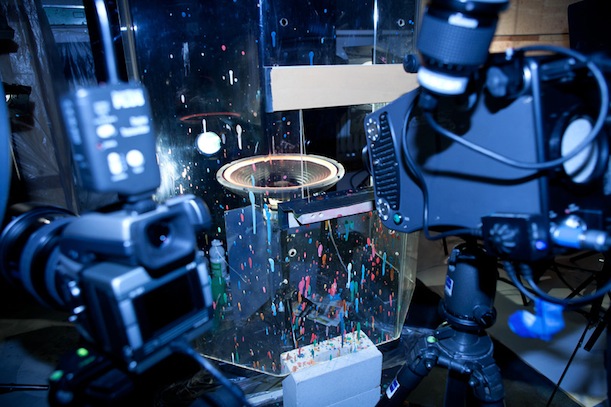 See more of Martin Klimas’ work on his website. His new exhibition “SONIC” opened at the Foley Gallery in New York on September 18.
See more of Martin Klimas’ work on his website. His new exhibition “SONIC” opened at the Foley Gallery in New York on September 18.
/https://tf-cmsv2-smithsonianmag-media.s3.amazonaws.com/accounts/headshot/joseph-stromberg-240.jpg)
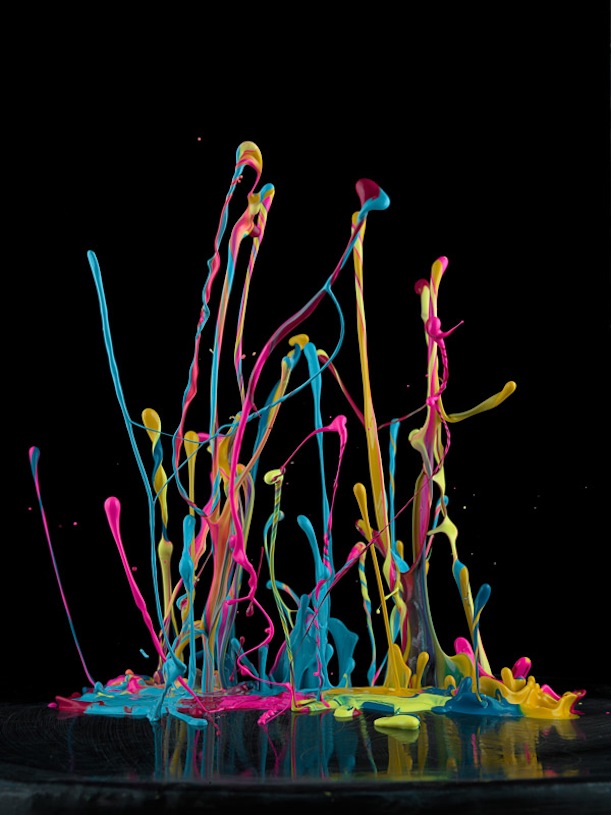
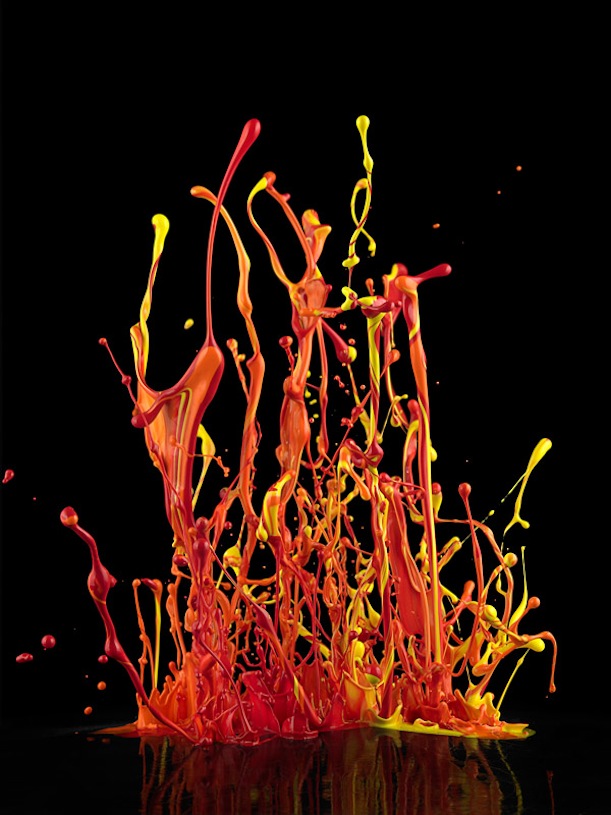
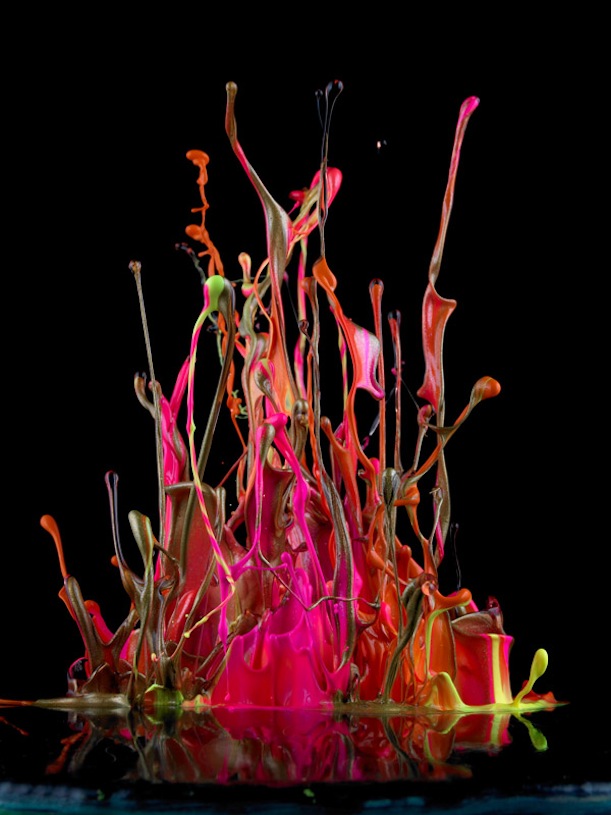
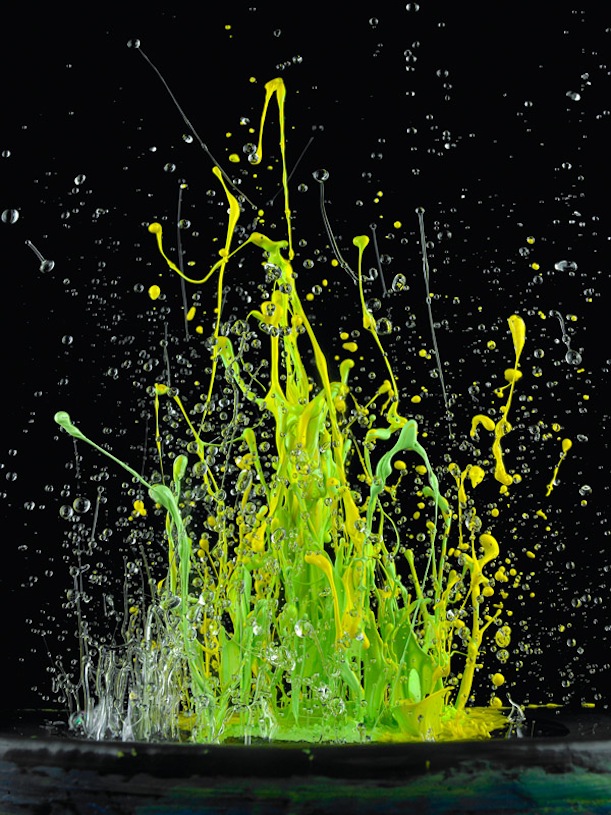
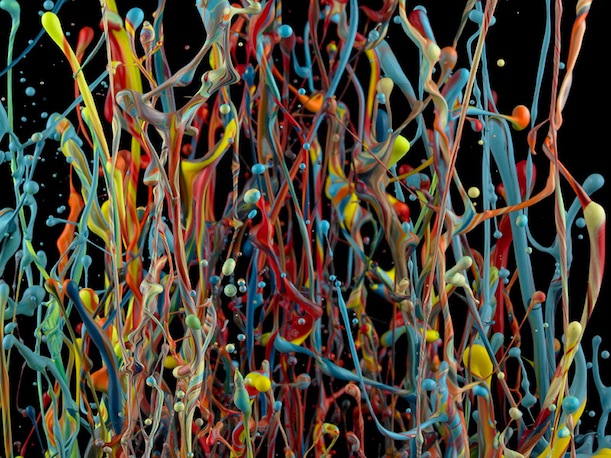
/https://tf-cmsv2-smithsonianmag-media.s3.amazonaws.com/accounts/headshot/joseph-stromberg-240.jpg)